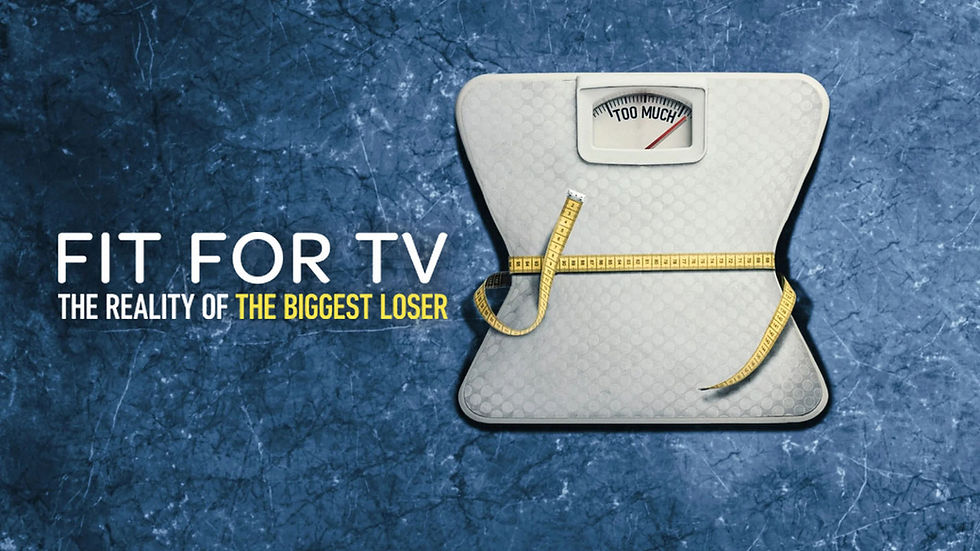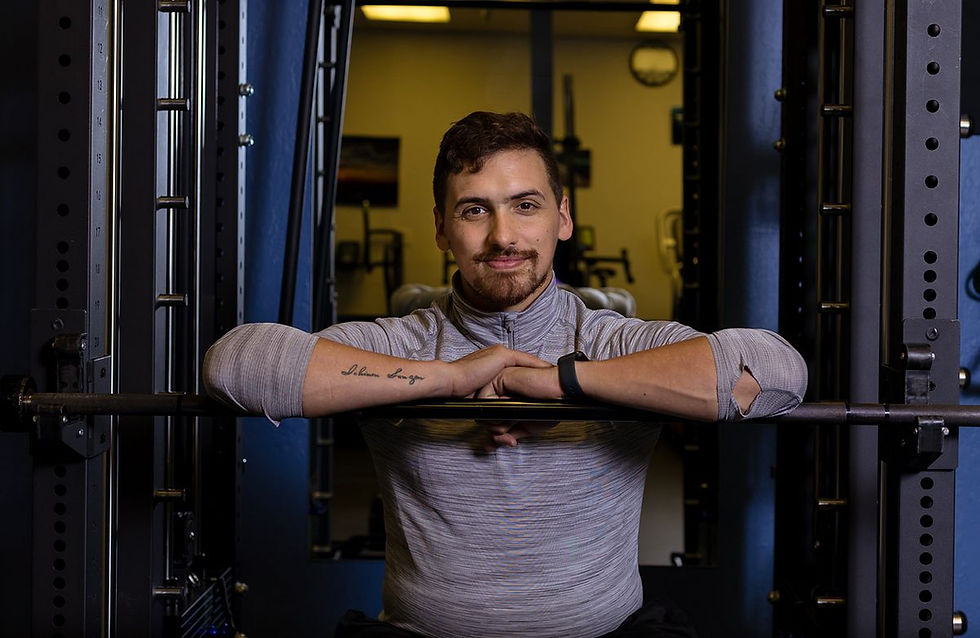Fit for TV, But Not for Life (A personal reflection on The Biggest Loser)
- Malcolm March
- Sep 3
- 3 min read

The other night, I watched Fit for TV, the documentary about The Biggest Loser. It stirred something deep in me — not so much because of the show itself, but because of what it represents: the idea that our value as humans comes from how much we can shrink ourselves, how much applause we get when we “transform.”
I hold a certain privilege: I’ve always been active. As a kid, I couldn’t sit still. Sports, movement, dance — they’ve always been my language. I never tied my worth to how my body looked. I was bullied in school, but not for my appearance — for who I was. That left me with scars of its own, but it also means I’ll never fully understand what it’s like to struggle with body dysmorphia, or to feel that acceptance depends on looking a certain way.
My struggles were different. Mine came through pain — knee pain so intense it almost took me out of movement completely. That pain spiraled into anxiety, depression, and loss of identity. So when I watch people on The Biggest Loser break down on camera, hating their bodies and chasing a number for the promise of acceptance, I feel a strange connection. I know what it’s like to feel trapped in your body, but for me the question was always: Can I move? Can I perform? For others, the question is: Will I be loved if I look different?
In theater, I shared the stage with people bigger than me who could tumble circles around me. They taught me early that “fit” doesn’t always look the same. But outside of that world, I’ve had countless conversations in gyms where “fit” is assumed to mean “thin.” I’ve always struggled with that word. To me, health is something a doctor diagnoses, not something a stranger guesses at from your body shape.
Watching The Biggest Loser, what shook me most was not the weight loss, but the psychology: contestants chasing validation, trainers screaming at them, and the idea that health could be measured in applause at a finale. Extreme deficits, unsustainable routines — no wonder so many participants rebounded once the cameras turned off. What happens when the lights go down and you’re left alone?
That’s where I think fitness has to change. Nutrition, for example, isn’t about following a strict meal plan handed down by someone who doesn’t know your life. It’s about adapting to you — your tastes, your environment, your resources. Otherwise, it’s just another sacrifice you can’t sustain.
I also don’t want to dismiss aesthetics entirely. For some, aesthetics matter. That’s valid. But we can’t confuse aesthetics with worth. The truth is, “fit” people have heart attacks. “Fit” people get sick. My own family history reminds me every day that health is fragile, no matter how we look.
So here’s what I want to leave you with:
When you close your eyes for a moment, do you feel okay in your body? Can your body do the things you want it to do — play with your kids, hike with friends, dance, run, laugh without pain? That’s where I think fitness should start.
For my clients, I always ask: What activities bring you joy? Because if you love what you’re doing, you’ll sustain it. If it feels like punishment, you won’t. Performance creates joy. Joy creates habits. Habits create longevity. And with longevity, we build a better relationship with our bodies — not because they look a certain way, but because they let us live the life we want.
You already have value.
Training doesn’t give you worth — it helps you believe in it.


Comments